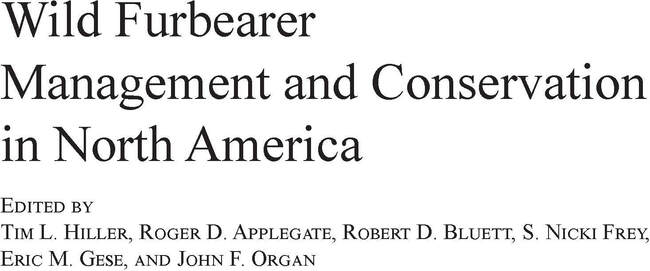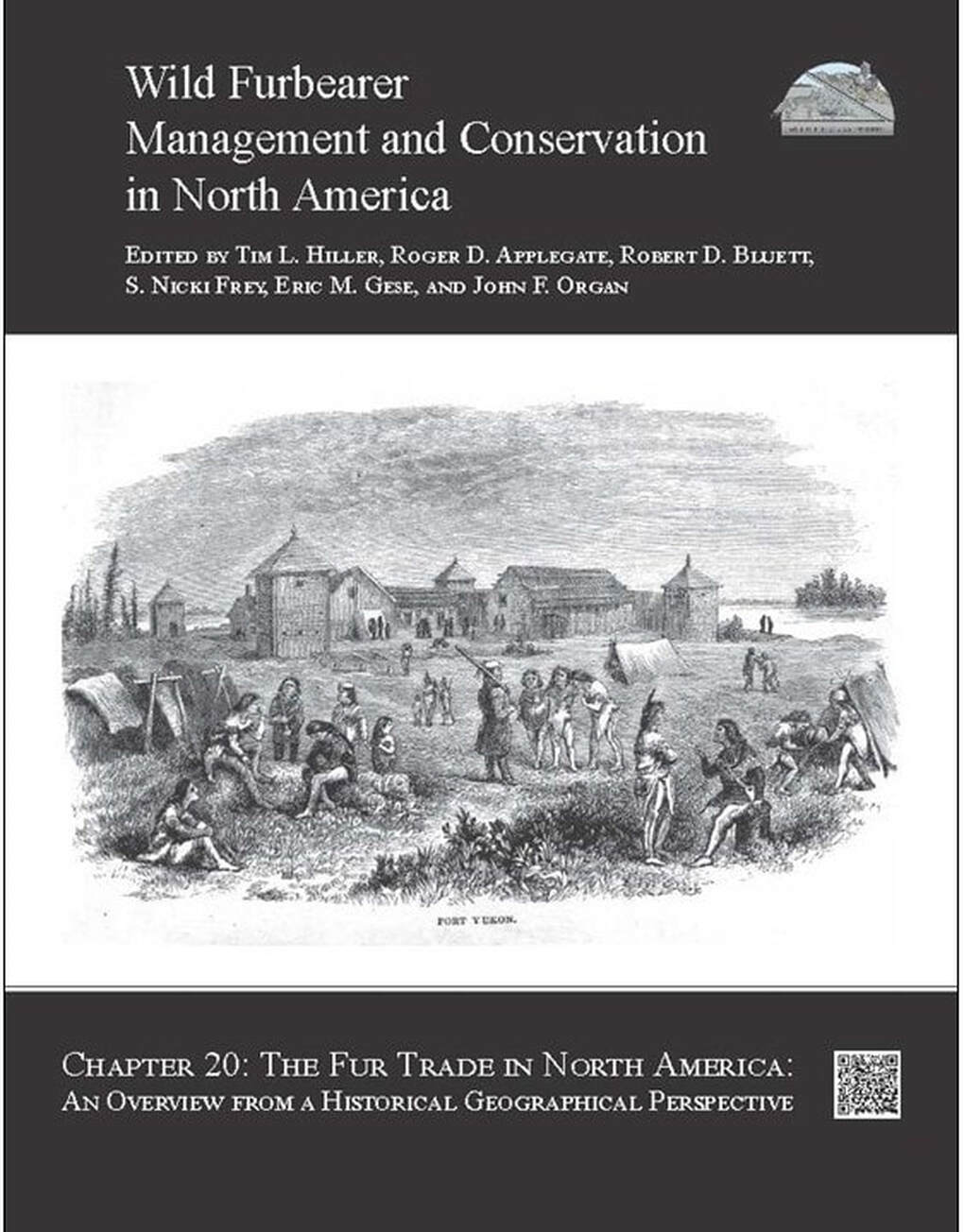For information about this book, including the Table of Contents, click here.
Published 4 March 2024
© 2024 Wildlife Ecology Institute
https://doi.org/10.59438/DOZD1782
© 2024 Wildlife Ecology Institute
https://doi.org/10.59438/DOZD1782
Editors' note: This chapter is a reprint of Ray (1987), with minor revisions. The original chapter reflected Euro-centric perspectives. We attempted to revise culturally insenstive terms, but we apologize if our efforts were not complete.
INTRODUCTION
The fur trade played a major role in the economic and political development of North America. It served to stimulate and finance continental exploration and provided a source of income that was crucial to many early colonial ventures (Phillips 1961:113–185). It engaged the Indigenous peoples of the continent in a global market economy for the first time and in the process it radically transformed their traditional cultures. It led to the development of the first transcontinental business enterprise, the North West Company, and it spawned North America’s oldest multinational resource and trading company, the Hudson’s Bay Company. Finally, it was an important component of the imperial rivalries that served to shape the political map of North America (Innis 1970 [1930]:391–393). It is not possible to adequately address all these issues in the limited space available. Therefore, this chapter will concentrate on the shifting spatial patterns of the industry as they were affected by changing resource availability, fluctuating markets, and political as well as economic rivalries. Discussion will be limited to the commerce in wild furs (as opposed to ranch furs) and it will exclude the traffic in robes and hides, as these trades are not relevant to the focus of the present volume.
INTRODUCTION
The fur trade played a major role in the economic and political development of North America. It served to stimulate and finance continental exploration and provided a source of income that was crucial to many early colonial ventures (Phillips 1961:113–185). It engaged the Indigenous peoples of the continent in a global market economy for the first time and in the process it radically transformed their traditional cultures. It led to the development of the first transcontinental business enterprise, the North West Company, and it spawned North America’s oldest multinational resource and trading company, the Hudson’s Bay Company. Finally, it was an important component of the imperial rivalries that served to shape the political map of North America (Innis 1970 [1930]:391–393). It is not possible to adequately address all these issues in the limited space available. Therefore, this chapter will concentrate on the shifting spatial patterns of the industry as they were affected by changing resource availability, fluctuating markets, and political as well as economic rivalries. Discussion will be limited to the commerce in wild furs (as opposed to ranch furs) and it will exclude the traffic in robes and hides, as these trades are not relevant to the focus of the present volume.
Citation:
Ray, A. J. 2024. The fur trade in North America: an overview from a historical geographical perspective. Pages 20.1–20.13 in T. L. Hiller, R. D. Applegate, R. D. Bluett, S. N. Frey, E. M. Gese, and J. F. Organ, editors. Wild furbearer management and conservation in North America. Wildlife Ecology Institute, Helena, Montana, USA. https://doi.org/10.59438/DOZD1782
Citation:
Ray, A. J. 2024. The fur trade in North America: an overview from a historical geographical perspective. Pages 20.1–20.13 in T. L. Hiller, R. D. Applegate, R. D. Bluett, S. N. Frey, E. M. Gese, and J. F. Organ, editors. Wild furbearer management and conservation in North America. Wildlife Ecology Institute, Helena, Montana, USA. https://doi.org/10.59438/DOZD1782
Copyright 2024 Wildlife Ecology Institute



